Let’s take a moment to talk about what is often regarded as the meanest Camaro to ever scream out of Chevy’s Norwood, Ohio assembly plant: The 1969 Camaro COPO ZL-1.
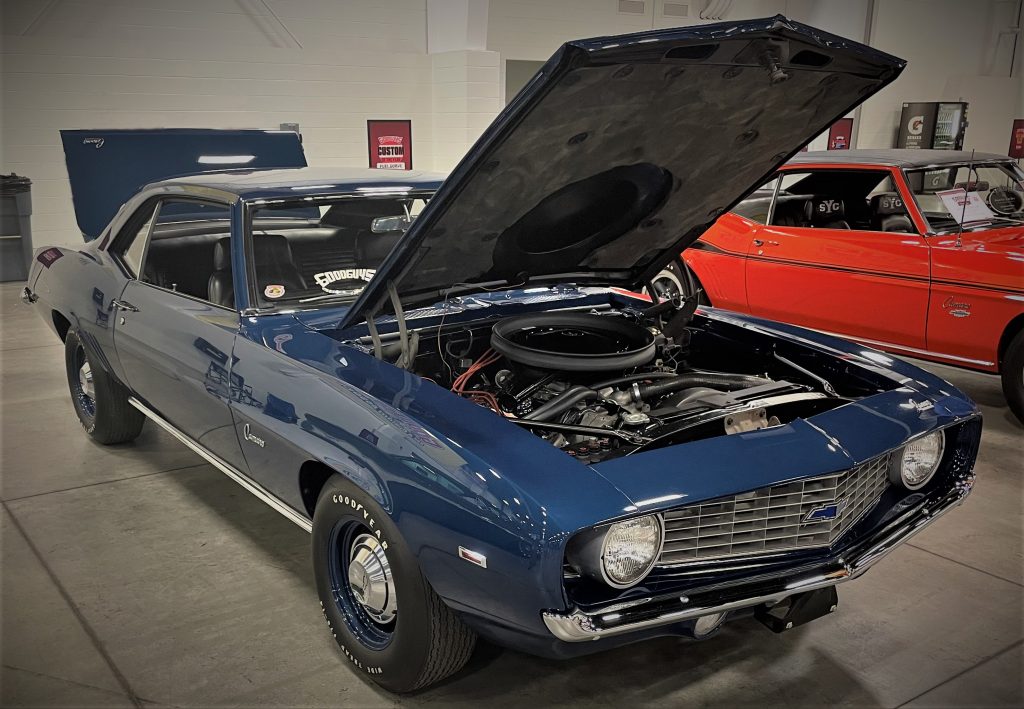
What is a COPO Camaro?
To understand the ZL-1’s place in automotive history, you’ve got to understand Chevy’s “Central Office Production Order” program, known by Bowtie aficionados as the acronym COPO.
But first, some context:
Earlier in the 1960s, General Motors issued an edict prohibiting its brands from putting any engine over 400ci in a mid-size or smaller vehicle (excluding the Corvette), summarily killing any hopes of a 427-powered Camaro.
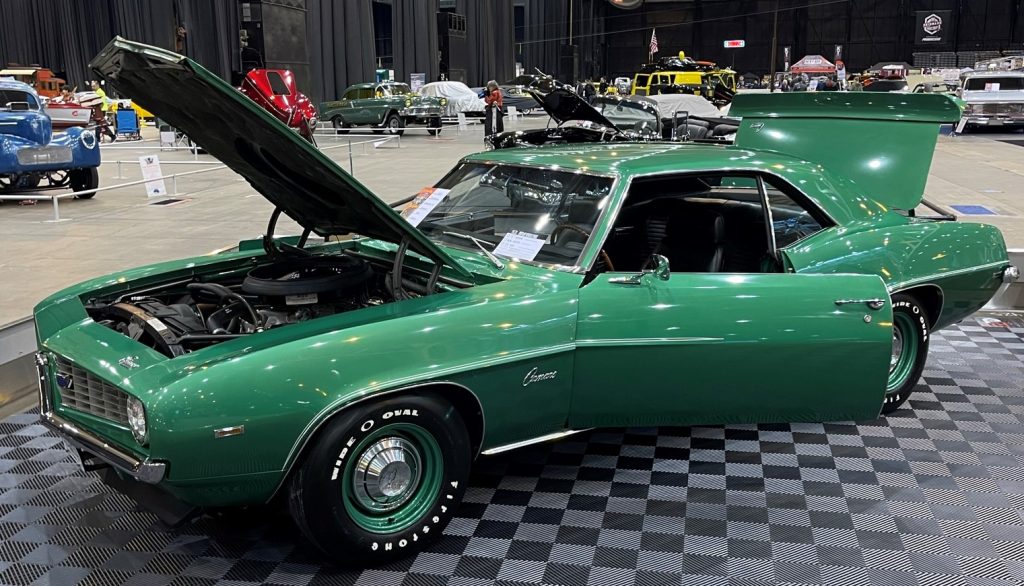
Now, Chevy had launched the aforementioned COPO program for fleet sales, which companies would use to order large batches of vehicles built to spec, like buses, work trucks, and taxis. But savvy dealers soon discovered that COPO could also be used to quietly circumvent GM’s engine displacement cap.
In other words, if you knew the right boxes to check on the Chevy order form, you could get yourself one bad Bowtie.
Legendary Chevy performance builder Don Yenko used the COPO program to procure some of his 427-equipped Camaros and Chevelles too. You can read more about Don Yenko here.
A Tale of 2 COPOs
While we’re riffing on Dickens, “It was the best of times, it was the best-er of times,” because when talking about the 1969 Camaro, your COPO came in two spicy flavors.
COPO option number 9561 allowed buyers to get a Camaro equipped with the RPO L72 427 Mark IV big block, which was usually reserved for the Corvette.
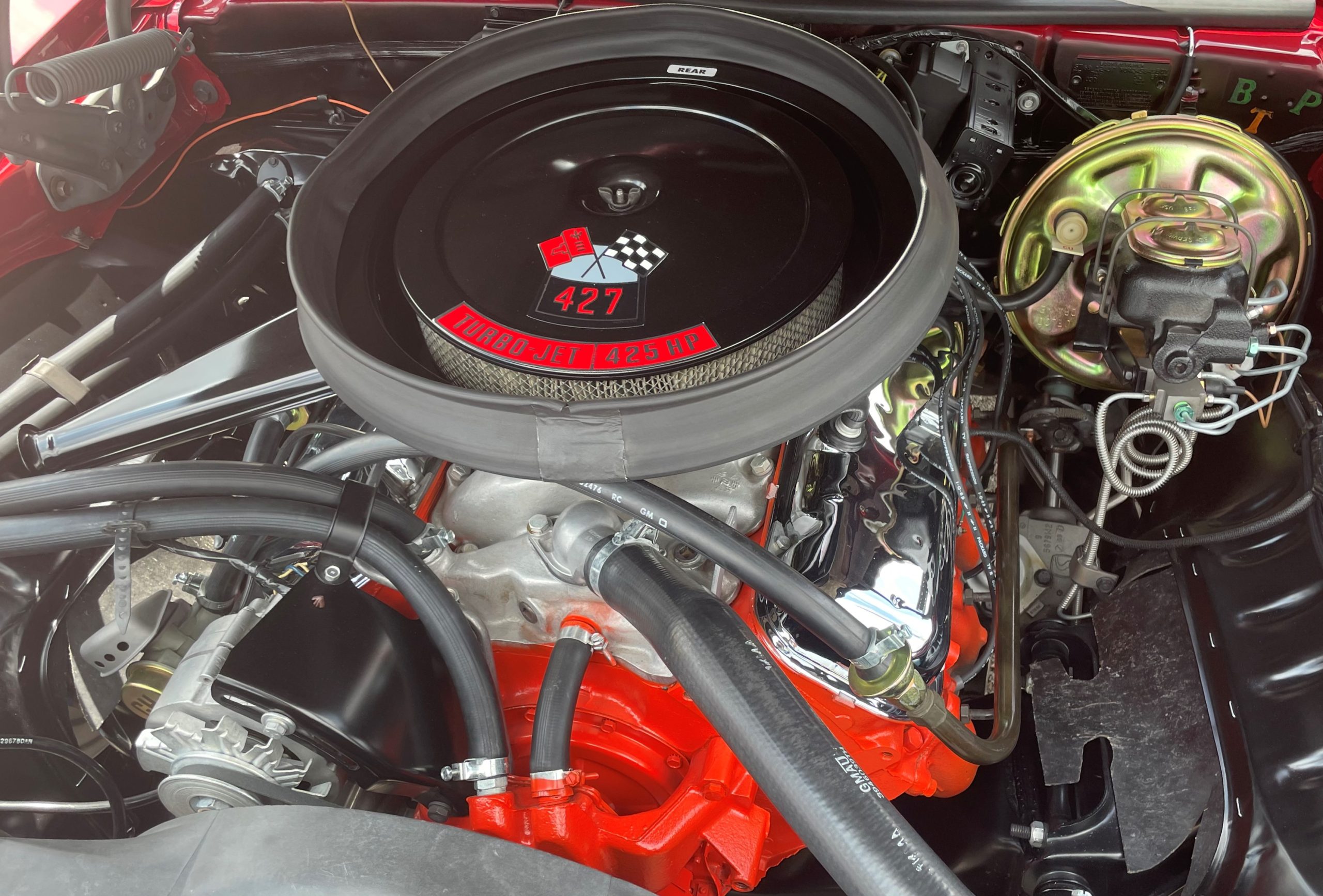
The L72 engine used an iron block, but made 425 horsepower—a number that’s often regarded as a conservative rating. Originally released in 1966, the L72 was the most powerful engine available in the Corvette at the time.
Approximately 1,000 Camaros received the L72 427 big block via the COPO program.
But there was an even more potent COPO route for Camaro owners, the fabled “9560” option and its ZL-1 powerplant…
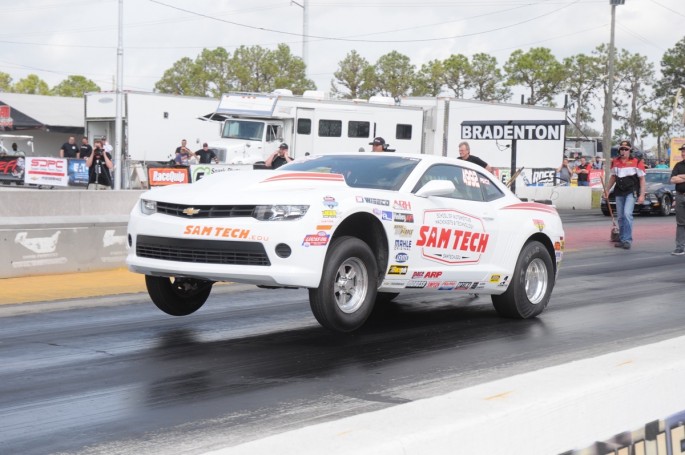
Enter the Aluminum ZL-1 427 Big Block
Many Chevy fans will immediately recognize the name Zora Arkus-Duntov, the Chief Engineer of the Corvette and one of the main architects of the Bowtie’s performance and racing efforts throughout the 1960s.
If you want to learn more about Duntov, check out our series on the early history of the Corvette.
Though GM had a ban on corporate-sanctioned racing, Duntov worked closely with privateer race teams, and through that experience, he and his staff developed a no-holds-barred powerplant for the 1967 Corvette—the 427 L-88 big block V8.
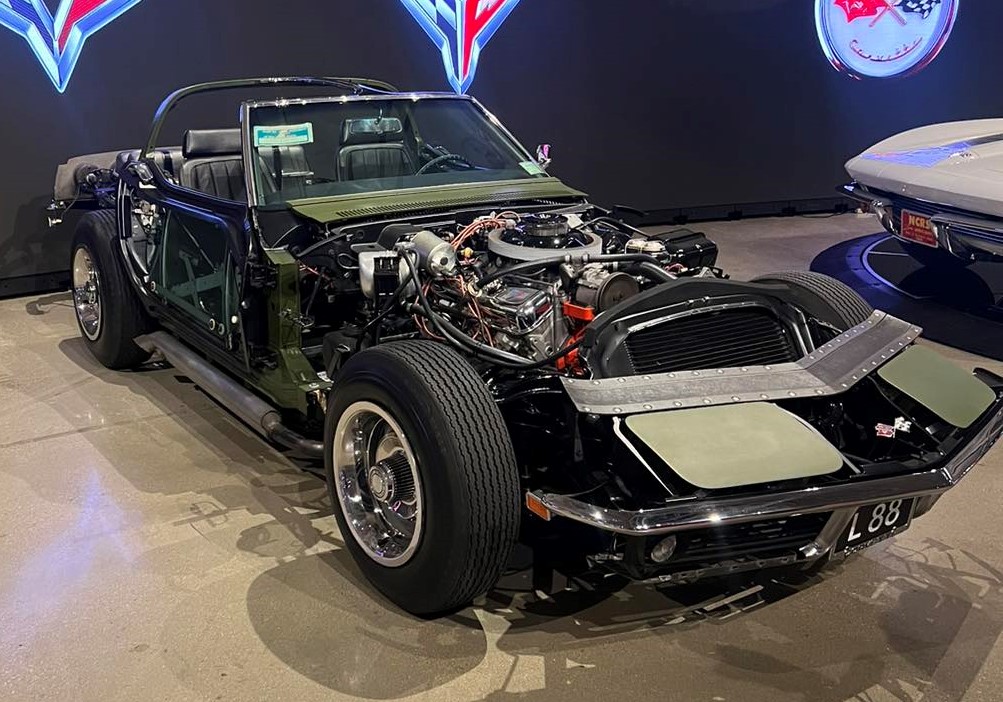
The L-88 was purpose-built for motorsports and featured a hotter cam, tight 12.5:1 compression ratio, 850 cfm Holley carburetor, free-flowing cylinder heads, and a host of other performance engine upgrades.
The ZL-1 engine took the L-88’s performance recipe and added one key ingredient: aluminum.
Instead of using the same iron block as the L-88, the ZL-1 engine featured an all-aluminum block, along with an aluminum water pump and intake manifold to drop its overall weight to match a similarly-dressed small block—quite an impressive feat for a Rat motor.
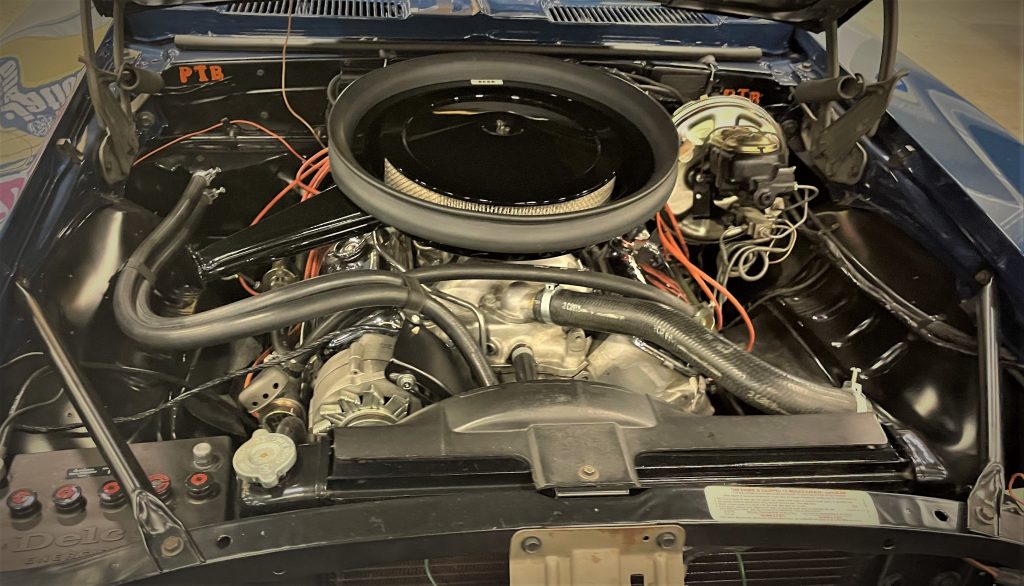
Since it was intended for dedicated racers, the ZL-1 (like the L-88) also demanded 103 octane racing fuel and was perhaps a bit ill-tempered at low engine speeds; a choppy idle being the byproduct of the aggressive cam profile.
As a result of the engine’s rowdy demeanor and high price tag, the ZL-1 option warded off casual buyers.
But still, a handful of dealerships made the decision to check the 9560 box on the COPO order sheet, resulting in 69 COPO ZL-1 Camaros leaving the factory in 1969. While the 69 total cars produced is an obvious nod to the 1969 model year, it’s no secret that the goal was to produce at least 50 units—a number necessary to meet the NHRA homologation threshold, which summarily allowed the ZL-1 to compete in the Super Stock class.
The Corvette could also be ordered with the ZL-1 engine, but (depending on who you ask) only one to three of those were ever produced—officially, anyway—making the 1969 Corvette COPO ZL-1 one of the most expensive and desirable collector Corvettes in existence.
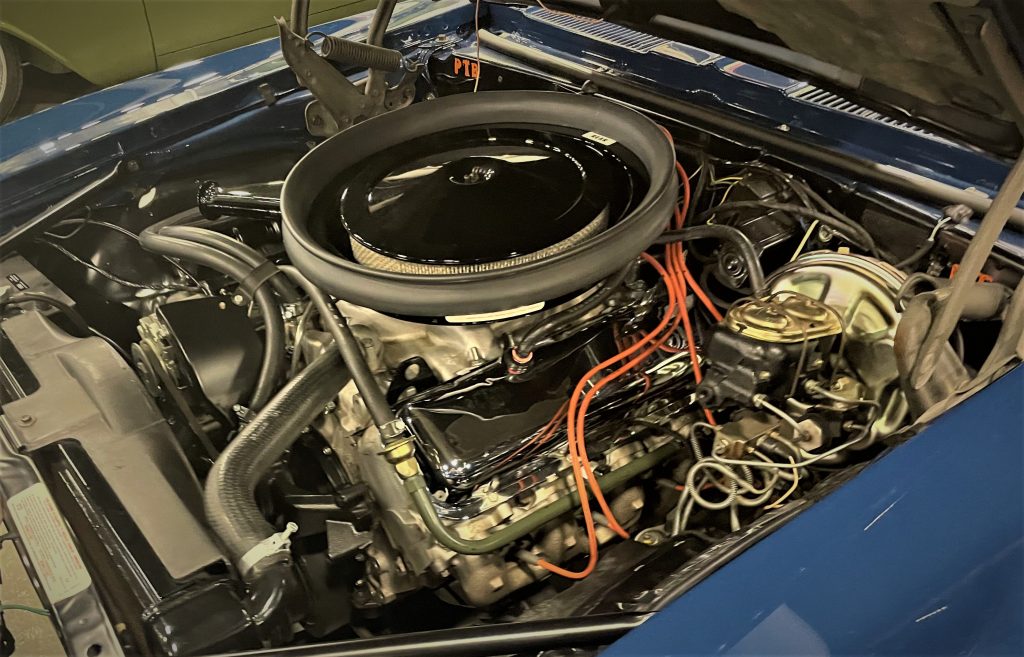
1969 Chevy Camaro COPO Options
The 1,000 COPO Camaros built were highly specialized cars destined for performance driving and, as such, they weren’t too big on amenities.
In fact, outside of the drivetrain, many COPO Camaros destined for the track were often ordered stripper-spec, with dog-dish hubcaps, black vinyl interiors, and lacking much external flair. They came in assorted colors and could be had with a Turbo 400 automatic or either a Muncie M20, M21, or M22 manual transmission.
Yet, buyers could check other options off the COPO sheet too, adding things like Rally wheels, upgraded suspension bits, disc brakes, and a radio.
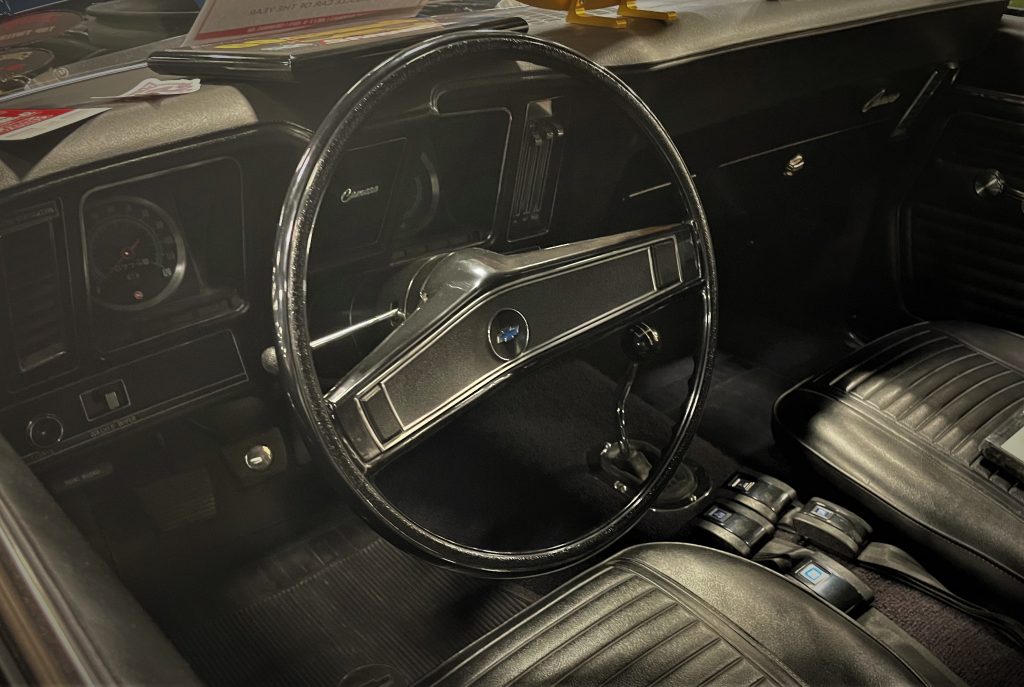
The Fate of the COPO Camaros
So, who ended up buying these 1,000 COPO Camaros?
You might recognize some of these names: Yenko, Nickey, Berger, Baldwin-Motion, and other high profile performance-oriented Chevy tuners and dealerships. The L72-equipped “9561” COPO cars were either further modified for racing or turned directly over to the buyer to hit the road.
As for the 69 coveted “9560” ZL-1 Camaros, the first run of 50 was ordered by Fred Gibb Chevrolet, with the remaining 19 getting dispersed across North America. Camaros.org has a great breakout here. (Interestingly, once Chevy revealed the lofty price tag for the ZL-1 package, Gibb returned a handful of the 50 cars and they were sent to other dealers for sale to the public.)
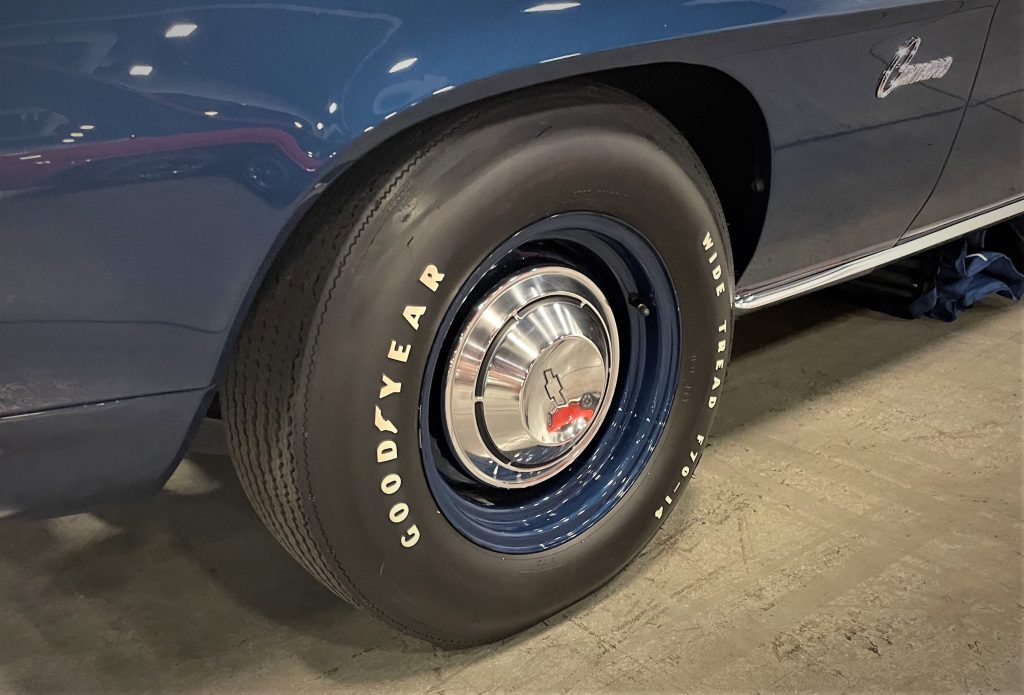
Nowadays, seeing one of the 1,000 9561 COPO Camaros is a rare occurrence and spotting a 9560 ZL-1 Camaro is akin to meeting Elvis—so we were gobsmacked to find Camaro COPO ZL-1 #23 at the recent Goodguys Summit Racing Nationals in Columbus, Ohio.
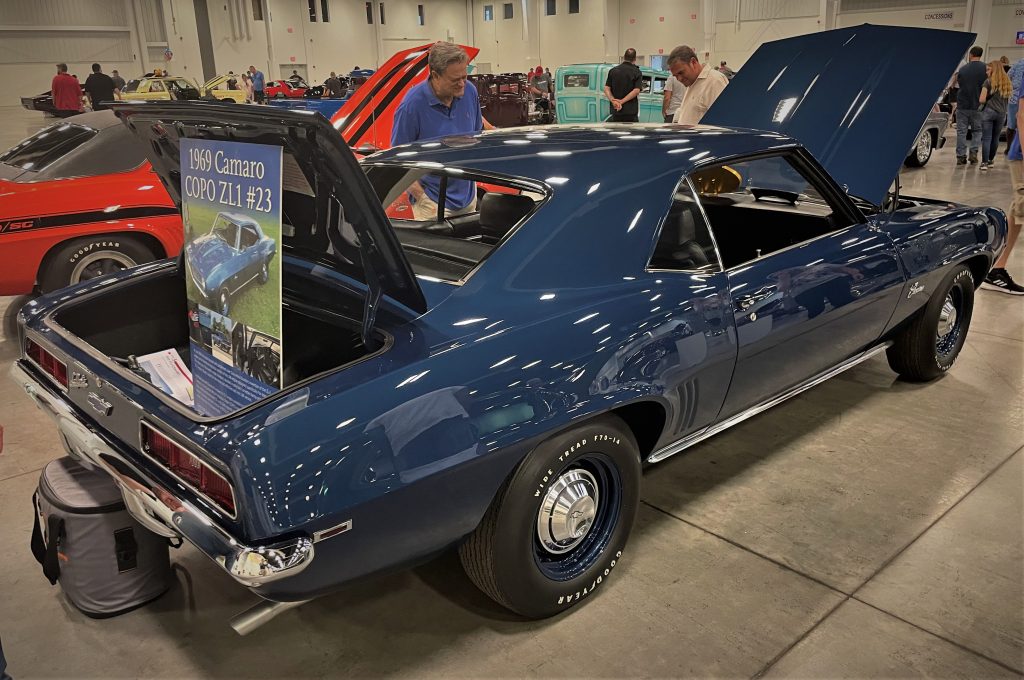
Like any race car, these COPO Camaros were typically run hard on the track and many were engine-swapped, beat-on, cut, repaired, and repaired again. While exact numbers of surviving ZL-1s are scarce, several of the original 69 ZL-1 cars have resurfaced in recent years, in varying degrees of condition.
At any rate, these uber-rare Camaros have become some of the most expensive, collectable F-bodies on the planet.
So if you see one, take a picture—then get out of the way!
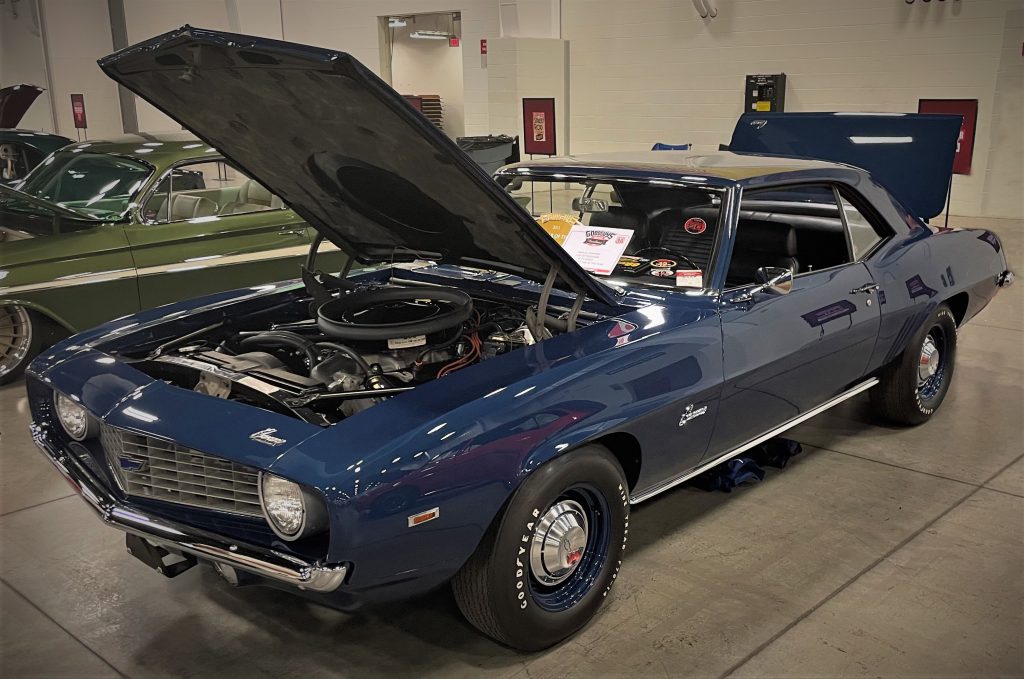

I had the Privilege Assisting Good Friend of mine Build 1969 427ZL1 Engine Build. Back in 1986 Friend of mine Bought. ZL1 Engine from Guy who Raced Quarter Midgets for $5000.00 Dollars. 1987 Engine was Disassembled Block Heads Crank Rods sent Machine Shop Cyl Heads had Complete Valve Job New Valves Guides Special Valve Springs installed for Roller Cam, Roller Lifters and Roller Rockers., Crank Polished Rods ReCond, New Forged Pistons B Whole Rotating Assembly Balanced. Engine Bare Block is Very Light Weight Pick it up yourself Install it Engine Stand No Problem Usually takes Two Guys Lift Cast Iron Block on Stand Cylinder Heads are light too about same weight as 12 Pack Bottle Beer. Assembly went Smooth Engine had Power Band from 2500-7000 RPM Throttle Response Fast Bad Exhaust Sound. Engine was installed 1970 Firebird Converted to Formula/ Trans-Am Doug Nash 5 speed also Rear End had C3 Corvette Differential, Rear Suspension, Rear Discs Brakes and Half Rear Frame of Corvette Installed Connected to Front Subframe. Very Clean Install you didn’t feel any Flex in Floor Boards or Cowl. Unfortunately Firebird was involved in Accident Damage was to much to Rebuild. One of Axle Yokes Broke during Acceleration Car got to Side ways Driver Couldn’t Recover Radical Behavior of Car hit other Cars. Luckily No One Died or Seriously Injured. Car Was Disassembled Many of Good parts were Sold But my Friend Still has 1969 ZL1 427 Snow Flake Engine on Engine stand last 30 years. Worth a lot of Money. I’ve been Pro Master Mechanic 45+ years, For you guys that Prey Bow Tie God every night 427ZL1 Engine Is Awesome! To say I Assisted on that Rare Chevrolet Engine Build ride in that Firebird Very Memorable Compared to Other Engines I built – Cheers Klaus
This is my old car restored this back around 2000